

Located in the town of Lazi, Cambugahay Falls Siquijor is considered as one of the most beautiful waterfalls in the Philippines. This Siquijor falls is a sure-hit for tourists because of its turquoise clean and warm water originating from natural springs. Its water will invite you to plunge in, the moment you see it.
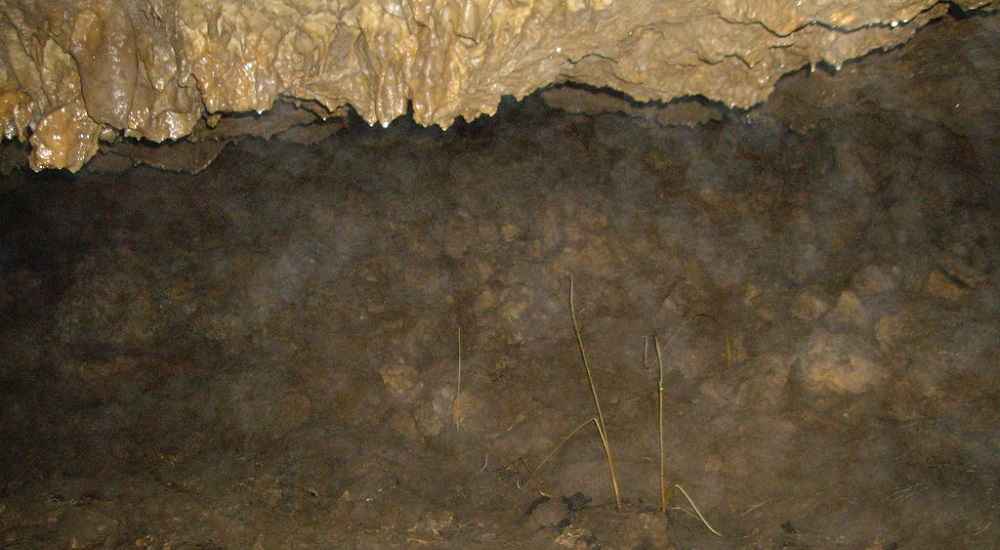

If you think Siquijor Island is just about magic and mystery, and falls and beaches, well, it’s more than that. Head to Cantabon Cave to discover the subterranean beauty of the province where you can see many stalactites, stalagmites and rock formations that will stir your imagination.
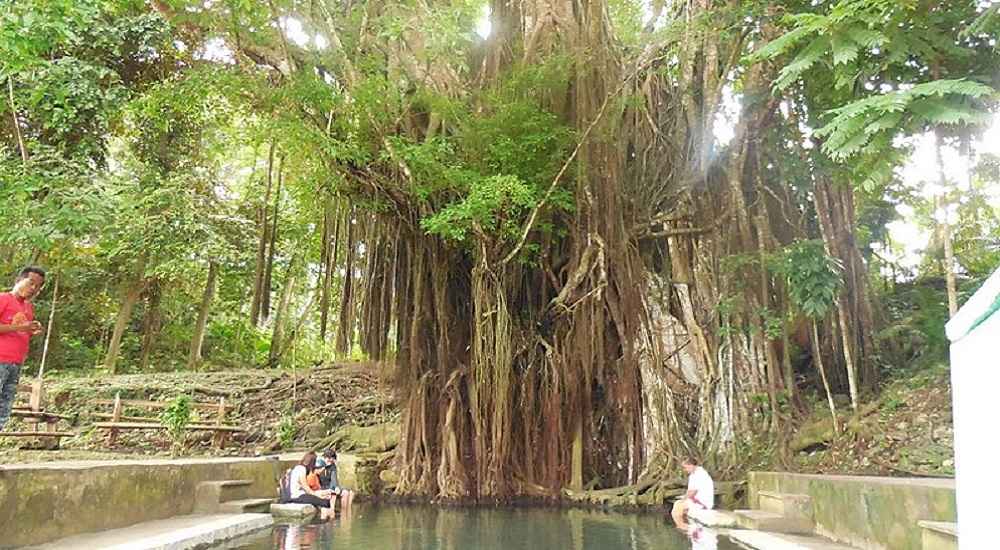

As with many Siquijor tourist attractions, the Old Enchanted Balete Tree has a mystical and spiritual background. This 400-year old tree is said to be used for sacred rituals by the local shamen. What makes the Balete Tree stand out is that there’s a fishpond at the tree’s base where you can dip your toes.
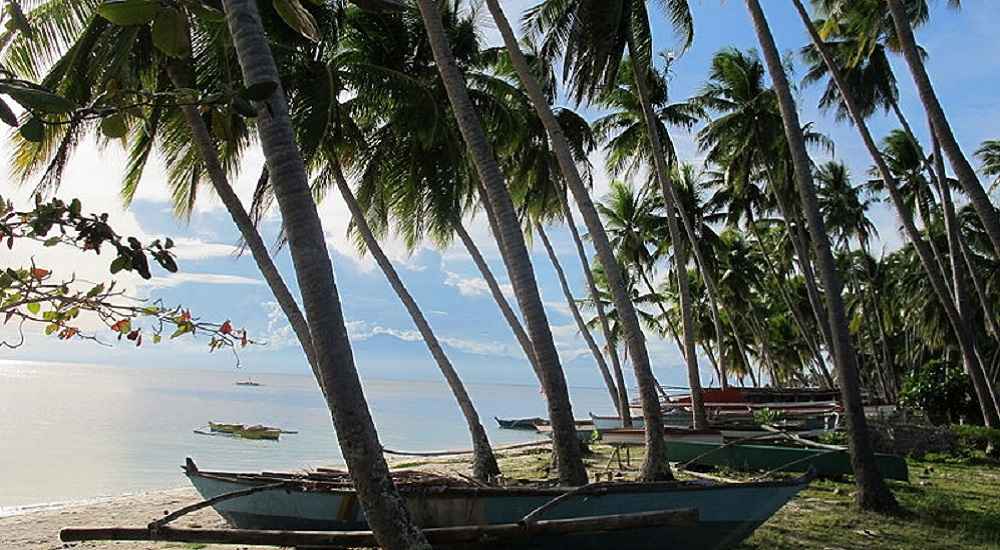

Even though Paliton Beach is hidden, travelers manage to find this beach to enjoy a piece of paradise. Once you’re there, you’ll be welcomed by fine white sand and turquoise waters.
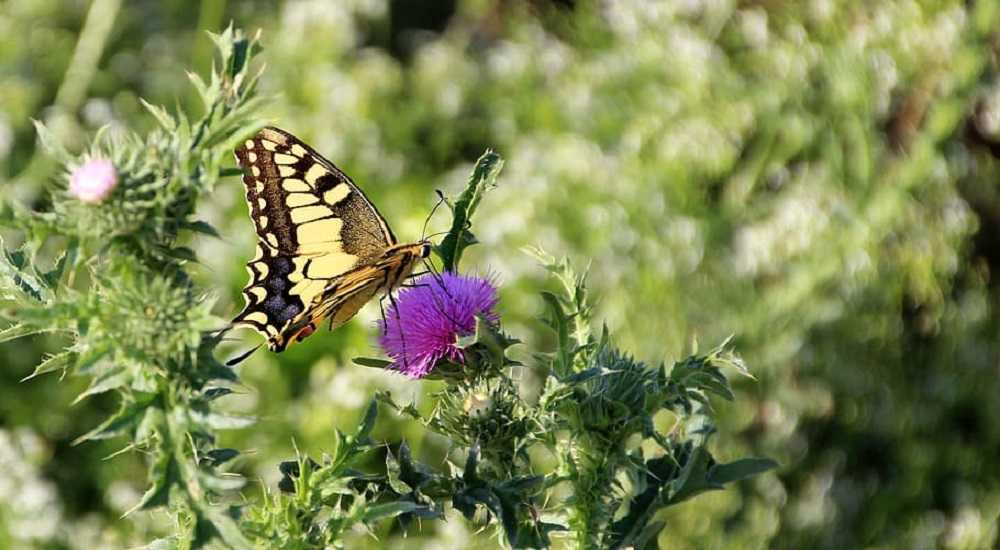

Located in Larena town, the 200 sqm. Siquijor Butterfly Sanctuary will let you interact with over 20 species of butterflies. From caterpillar to butterfly, you’ll see them in every stage of life. It’s not only a tourist attraction, but it also serves as an educational conservation center that teaches school children about biodiversity and how to preserve it. This is definitely one of the best places to visit in Siquijor.
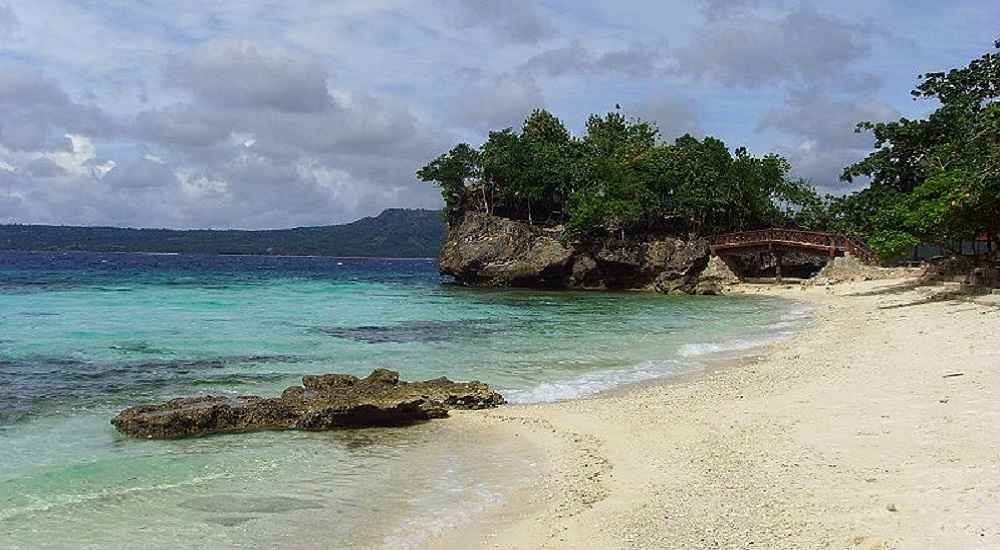

Even with man-made structures at Salagdoong Beach Siquijor, it maintained its natural charm thanks to the rock formations surrounding it. This beach is perfect for picture-taking, chilling, and cliff jumping.
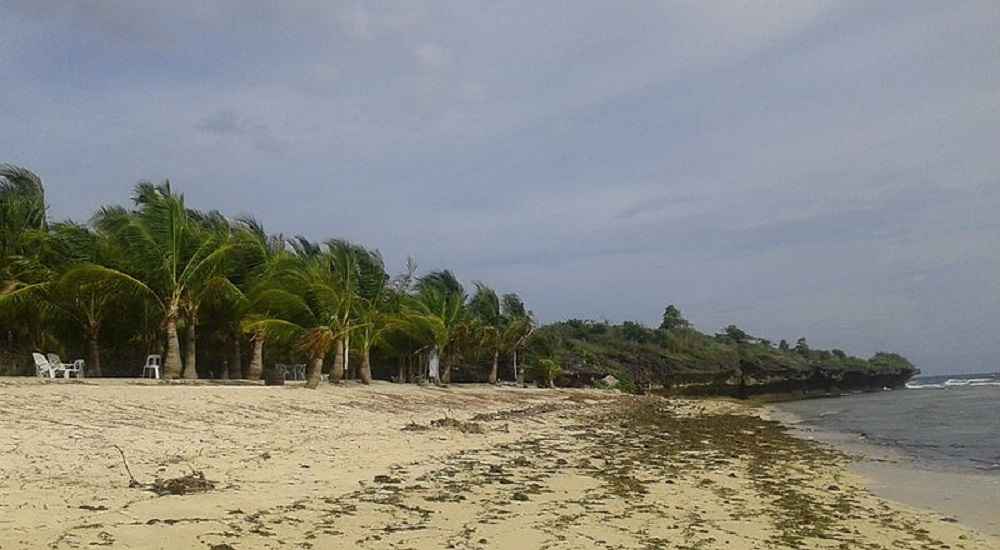

Another famous Siquijor tourist attraction is San Juan Beach. It has fine white sand and cerulean waters perfect for swimming. There are also many resorts lining San Juan Siquijor Beach where you can spend a whole afternoon of cold drinks.


St. Francis De Assisi Church was established on February 1, 1783. It was administered by secular priests on February 1, 1783 and the construction of this stone church was initiated by P. Setten. The convent was built to be a hiding place from pirates.